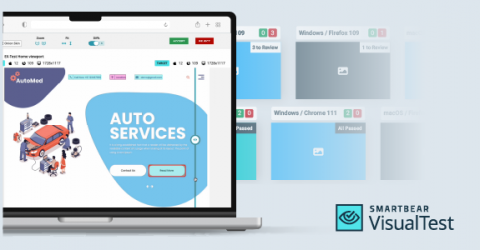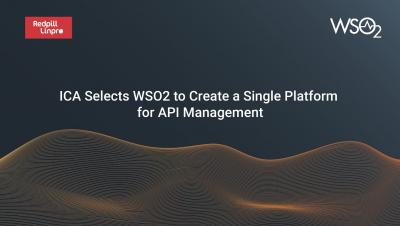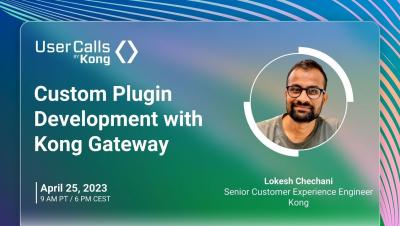How to Overcome Flaky UI Tests
When writing your test automation scripts, it can be especially difficult to write code that adequately identifies visual defects. Typical functional tests do a poor job capturing all visual changes and they also leave you with lengthy and flaky code. And when your code becomes flaky, it becomes unreliable.











